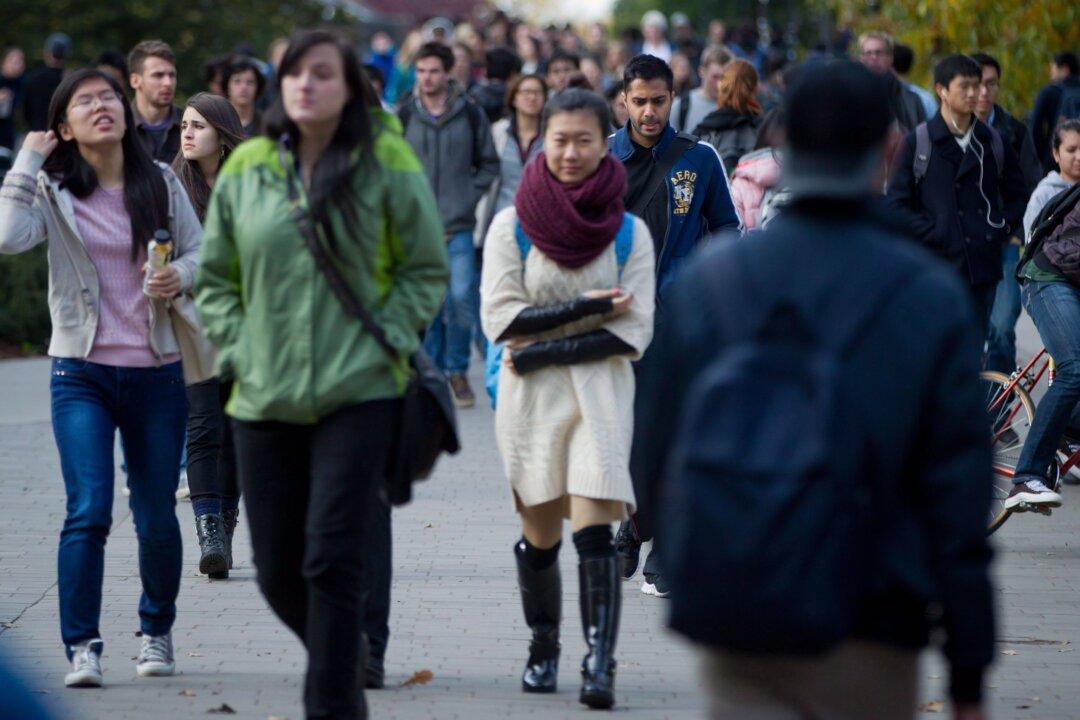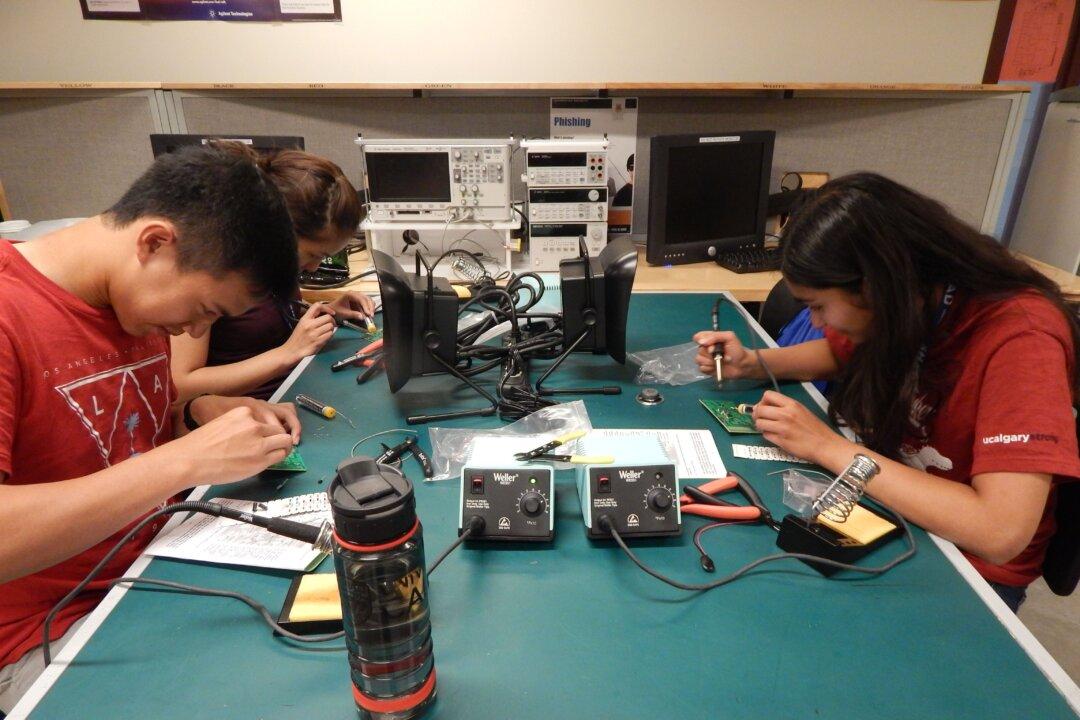A new online survey of Canadian parents shows that households are increasing their expenses and debt to help pay for their children’s education, and putting aside an average of 13.5 percent of their yearly income toward their children’s university tuition.
The AbacusData survey, commissioned by the Canadian Alliance of Student Association (CASA) which represents student organizations across the country, found that 77 percent of 604 parents have paid for some or all of their children’s tuition.
“When looking at the data and information we can see clearly that the high costs of a post-secondary education are not only impacting students, but also impacting parents. It is causing the effect of delaying retirement and remortgaging of homes,” said CASA executive director Jonathan Champagne.
Most parents saw it as a responsibility to help support their children’s education, leading to many making minor changes such as eating at fewer restaurants (71 percent) and scaling back their personal vacation time (61 percent).
However, many reported more extreme measures to help pay for education costs. Nearly half of parents (45 percent) reported using savings to pay for tuition costs, 43 percent reported getting a loan or line of credit, 51 percent reported working another job, and 23 percent remortgaged a home.
Parents’ willingness to commit a large portion of their earnings “remained relatively constant across demographic subgroups, even remaining statistically unchanged across income brackets,” says an analysis of the survey results.
AbucusData also warned: “The wealth-draining effects of such financial responsibility will likely not be a single generation phenomenon, as these parents may be less likely to pass on significant wealth to their own children as a result.”
A report on the impact of student loans by Statistics Canada estimates that the proportion of student loan borrowers who owed $25,000 or more at graduation in 1995 was 17 percent, a figure that increased to 27 percent in 2005.
“What we are saying is that there needs to be better support for students and that will better support families and better support parents,” said Champagne.
It is also estimated the portion of students paying off debts over $50,000 jumped from 2 percent to 6 percent between 1995 and 2005, while the portion of graduates paying through loans reached 57 percent in 2005.
“We are seeing students potentially not going to school, delaying going to school, and having to work and go to school part-time. You also see the burden and shift of the debt and costs being loaded on families and parents,” said Champagne.
Kaven Baker-Voakes is a freelance journalist based in Ottawa.




